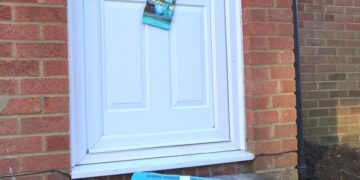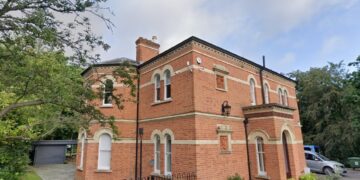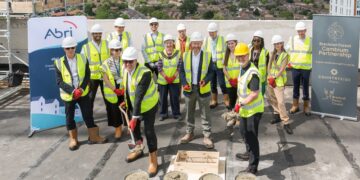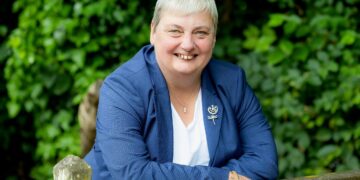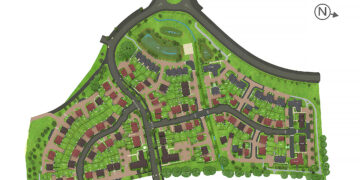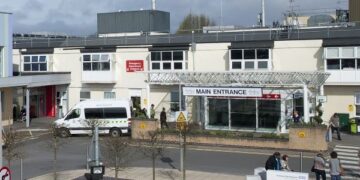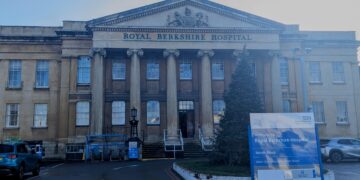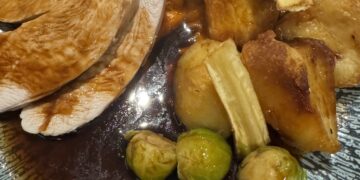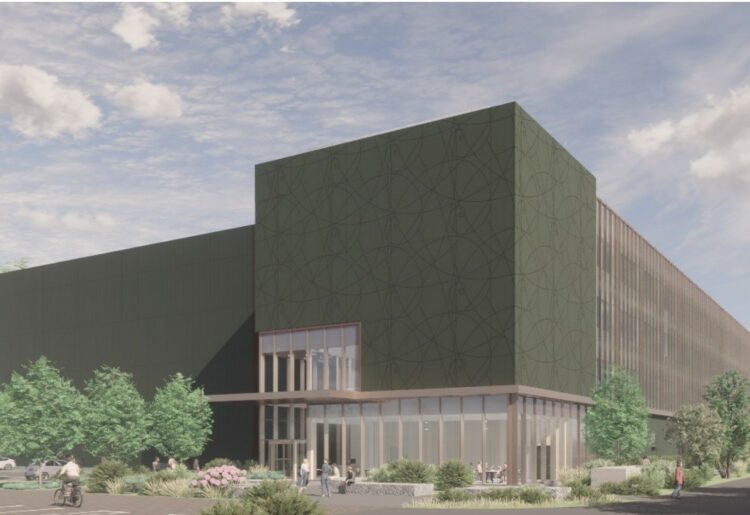THE Natural History Museum will be able to create a new facility in Shinfield, despite being built on countryside.
Wokingham Borough Council’s planning committee approved the plan for a new facility and a road at Thames Valley Science Park.
Resident Dave Green asked why the building should be allowed on land the council’s own policies say should be protected from development, casting doubt on claims the benefits outweighed the potential harm to the countryside.
“Somewhat dubious arguments are used to justify setting aside the planning protections on the site,” he said.
Mr Green question the point of planning policies supposed to protect the countryside are ‘if the planning authority rolls over and permits these plans to be effectively ignored when faced by a high-profile developer like the Natural History Museum’.
Agents speaking on behalf of the museum said the plans would protect the countryside as much as possible.
A CGI showing what the building would look like in situ suggests it would be surrounded by open green fields, and it has been described as ‘nestled in woodland.’
Planning agent Phil Brown said the road was ‘carefully chosen to minimise its impacts on existing habitats, landscape features and local views’.
Tim Littlewood, executive director of science at the museum, emphasised the importance of preserving its collections and of the jobs it could bring to the borough.
“Although the development does not strictly comply with the local plan countryside policies in terms of planning balance any adverse impacts on the countryside are outweighed by the economic, social and sustainable benefits this facility would deliver,” he added.
The was a view shared by council planning officers, who recommended the application be approved.
They said: “In this case we felt given the significant benefits that will be delivered by the facility”.
Councillors on the committee voted unanimously to approve both applications. One councillor, Alistair Neal, said the museum had already answered many of their questions in discussions before the meeting.
He said: “We’ve had presentations from the Natural History Museum and we have had a lot of questions answered at those preliminary meetings and this report is the result of that. So that might be why it seems that we’re not asking many questions over such a big project.”
The plans were approved when the committee met at Shute End on Wednesday, March 13.

